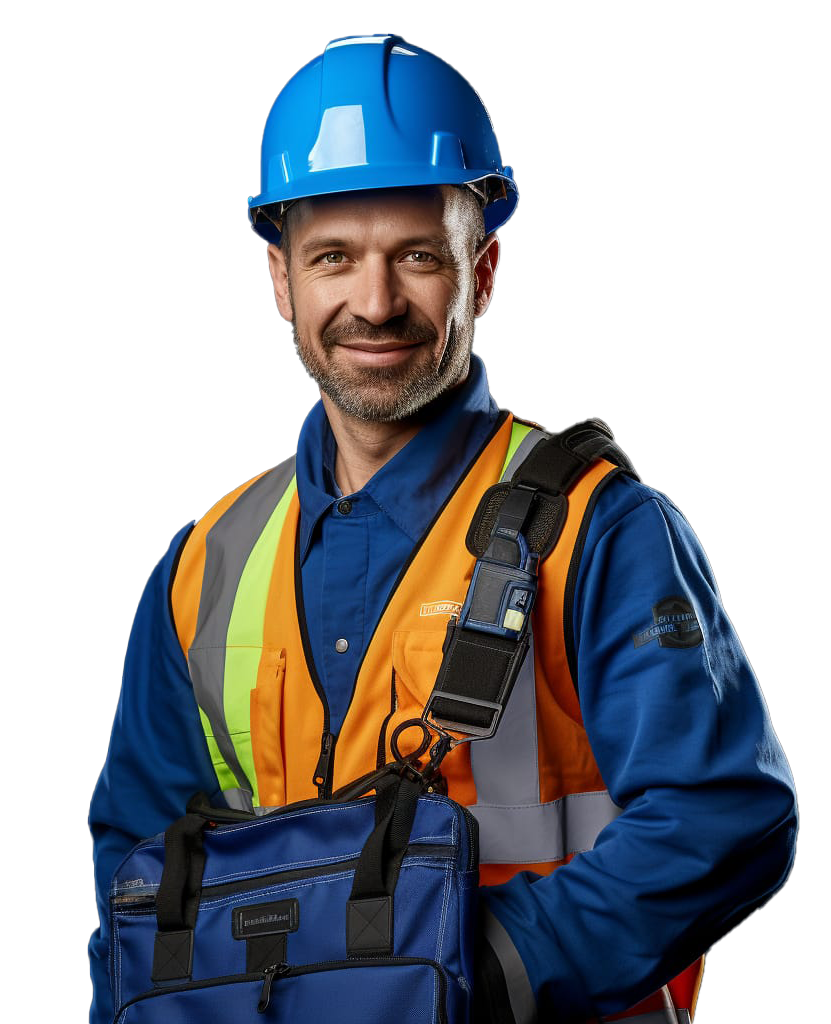When it comes to safety in lifting operations, one key role stands out: the Appointed Person, or AP. But what exactly does an Appointed Person do, and why is this role crucial for the success of safe lifting activities? In this post, we’ll dive into the responsibilities of an AP and why their work is essential in keeping lifting operations safe and compliant.

What Does the Appointed Person (AP) Do?
An Appointed Person is responsible for planning and controlling lifting operations, making sure everything is done safely and in accordance with relevant regulations. They are the brains behind the operation—tasked with designing lift plans, assessing risks, and coordinating all elements to ensure the job is executed smoothly. The AP’s role involves overseeing crane positioning, selecting lifting equipment, and managing the necessary personnel.
The AP needs to be highly experienced, with a deep understanding of lifting principles, equipment capabilities, and potential hazards. They are often the most knowledgeable member of the lifting team, able to handle complex situations involving multiple cranes or challenging load shapes. Their decisions balance operational needs with a constant focus on safety.
Key Responsibilities of an AP
1. Planning and Risk Assessment
The AP’s main responsibility is to plan the lifting operation. They carry out a detailed risk assessment, identifying any potential hazards that could arise. This planning process is documented in a lift plan, which includes details like equipment, personnel, site conditions, and safety precautions.
2. Selecting the Right Equipment
Selecting the right equipment is crucial for a successful lift. The AP ensures that the equipment used is suitable for the load’s weight, dimensions, and other characteristics, while also considering factors like ground conditions and load stability.
3. Coordinating the Team
A successful lift requires excellent communication between the team members—crane operators, riggers, and signalers. The AP ensures that everyone knows their role, understands the safety procedures, and works together smoothly to achieve a common goal.
4. Compliance and Legal Requirements
The AP is also responsible for ensuring that all lifting operations comply with relevant regulations and standards, such as LOLER (Lifting Operations and Lifting Equipment Regulations) and PUWER (Provision and Use of Work Equipment Regulations) in the UK. Compliance with these laws protects everyone involved and ensures that all equipment is inspected, maintained, and safe to use.
Ensuring compliance is not just about following the law—it’s about creating a safer work environment for everyone on site.
Why is the AP Role Important?
Lifting operations inherently come with risks—load instability, equipment failures, and hazardous working conditions. Without careful planning and a well-informed approach, these risks can lead to serious accidents, injuries, or even fatalities. The AP is crucial in minimising these risks by meticulously planning every detail and anticipating possible challenges before they happen.
The role of an AP is not just about technical expertise; it’s also about strong leadership and the ability to make quick, informed decisions in high-pressure situations. An experienced AP can be the difference between a successful lift and a dangerous incident. By maintaining strict safety protocols and collaborating closely with the team, the AP ensures that each lifting operation is carried out safely.
Wrapping this up.
The Appointed Person is a vital figure in ensuring the safety of lifting operations. They bring knowledge, experience, and a commitment to safety to every lift, overseeing planning, equipment selection, and team coordination. Their role is essential not only for regulatory compliance but also for protecting the lives of everyone involved.
If you’re involved in lifting operations, it’s important to understand the responsibilities of the AP. Whether you’re an operator, rigger, or a site manager, knowing what the Appointed Person does helps you appreciate the level of care and planning that goes into every lift, ultimately fostering a safer work environment for everyone.
At the end of the day, lifting is about more than just moving heavy objects—it’s about keeping everyone safe and making sure the work gets done right. The Appointed Person is there to make sure every lift is safe, effective, and compliant with all relevant safety laws and standards.
Possible related reading
Essential Considerations for Contractors and PMs: Safe Switchgear Delivery and Movement
Health & Safety Considerations for On-Site Delivery of Switchgear by Hiab
Disclaimer:
The information provided on this site is for general informational purposes only and may not reflect the most current regulations or standards. Legislation, industry guidelines, and best practices can change over time, and it is the user’s responsibility to research and ensure compliance with the latest requirements for their specific situation. Always consult a qualified professional for advice tailored to your project or application.
